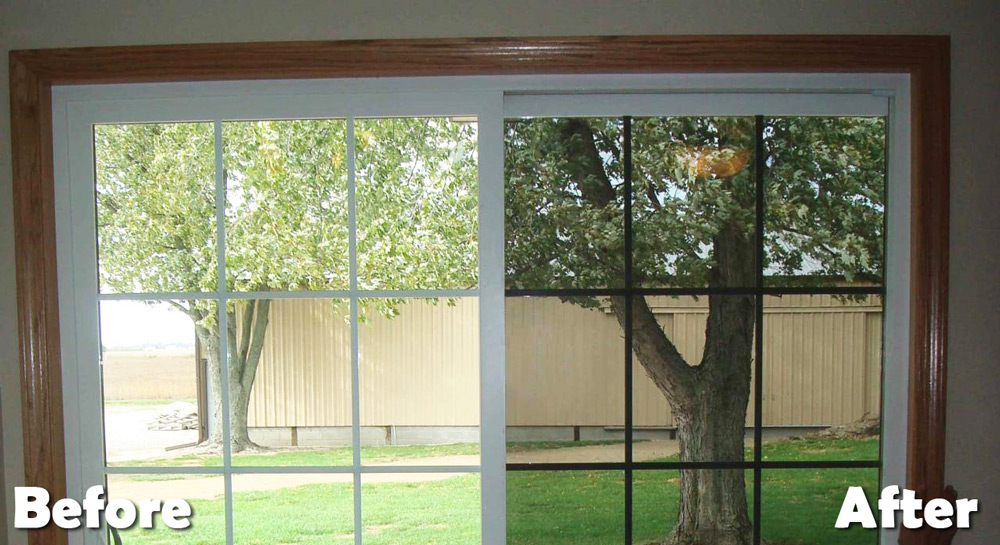As environmentally friendly lifestyles become increasingly popular, homeowners are seeking innovative ways to make their homes more energy-efficient. One often overlooked method of increasing energy efficiency is window tinting. Just Tinting, Bundaberg’s top-rated window tinting business, is here to explain how tinted windows can play a substantial role in creating a greener, more energy-efficient home.
The Role of Window Tinting in Energy Efficiency
Window tinting, often associated with car windows, is an effective solution for reducing heat gain and loss in your home. By applying a thin film to your windows, you can significantly decrease the amount of heat that penetrates your home in the summer or escapes during the winter.
Why is this important? The more your home can naturally maintain a comfortable temperature, the less you’ll need to use energy-draining HVAC systems to cool or heat your living space. This reduction in HVAC usage not only reduces your carbon footprint but also leads to substantial savings on your energy bills.
How Solar Power and Electrical Upgrades Boost Efficiency
While window tinting is an excellent start, it is just one aspect of creating a comprehensive energy-efficient home strategy. It’s worthwhile to consider additional methods that can help reduce your energy usage and bills further. One such method is harnessing the power of solar energy.
Investing in solar panels can significantly reduce your reliance on the grid, and over time, even eliminate your electricity bills. An experienced licensed electrician can guide you through the entire process, ensuring you maximise the benefits of your solar power system.
Additionally, electrical upgrades in your home can also help reduce energy consumption. For instance, upgrading to LED lighting, installing energy-efficient appliances, and using smart home technology to regulate energy use can contribute to overall home efficiency. Archon Electrical offers a variety of these services, helping homeowners transition to more energy-efficient solutions.
Embracing a Greener, More Efficient Home Lifestyle
Creating an energy-efficient home doesn’t have to be a daunting task. Start with small, simple changes like window tinting, and gradually incorporate additional elements like solar power systems and electrical upgrades. With each step, you’ll be making your home more comfortable, reducing your energy bills, and contributing to a more sustainable environment.
At Just Tinting, we are committed to helping homeowners in Bundaberg and surrounding areas improve their homes’ energy efficiency with professional window tinting. To find out more about our services, feel free to contact us.
Remember, every bit helps when it comes to conserving energy. Whether it’s reducing the load on your air conditioning system through window tinting or installing solar panels to harness renewable energy, every step counts towards creating a more sustainable and energy-efficient home.

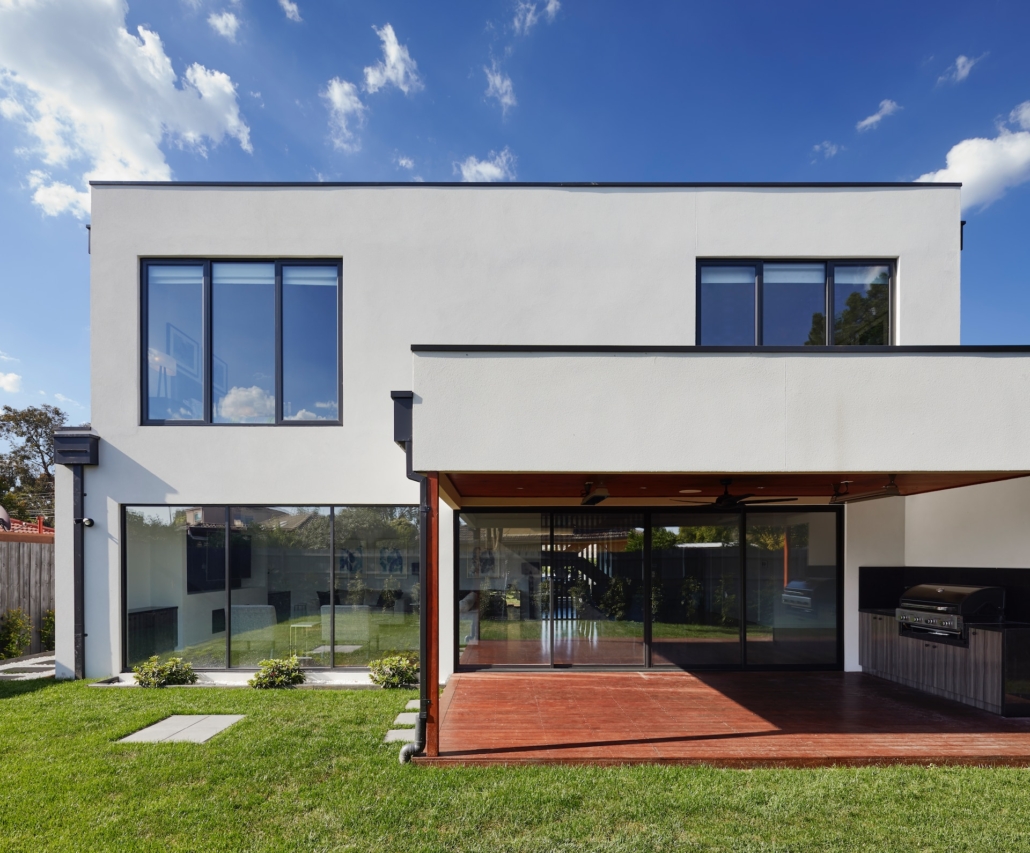 Just Tinting
Just Tinting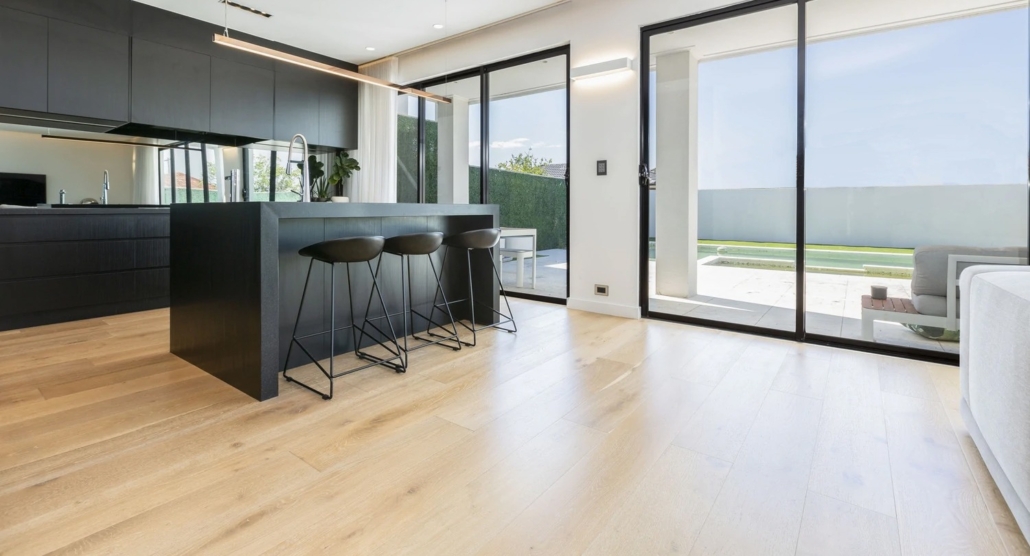 Just Tinting
Just Tinting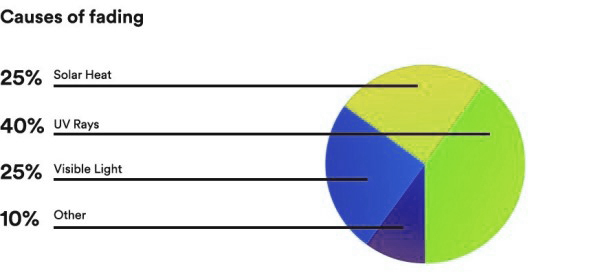
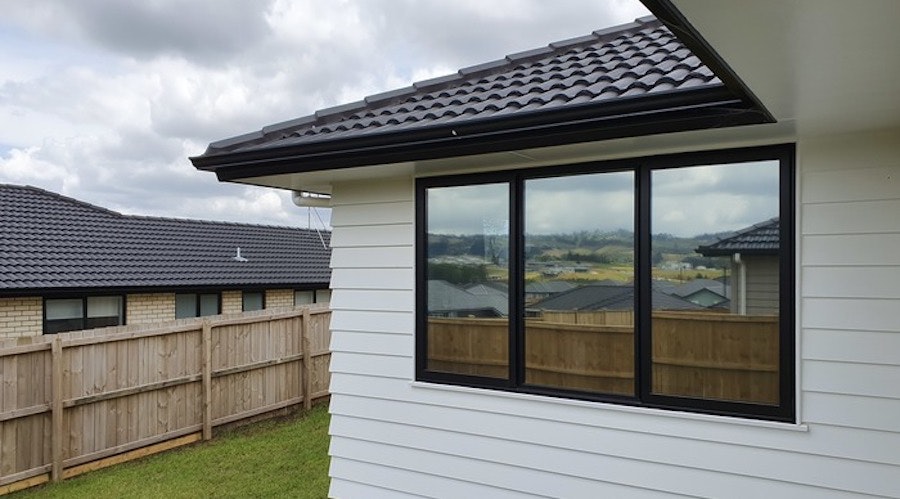 Just Tinting Bundaberg
Just Tinting Bundaberg